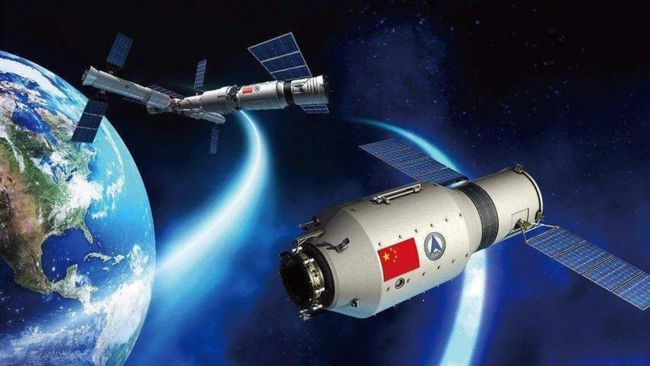
According to the particularity of the aerospace industry, customers need the aerospace industry to start to produce stronger and lighter aerospace materials, which can also extend the use time of components, so as to meet the requirements of reducing subsequent maintenance costs. However, the application of many new technologies and materials in this industry must be recognized in practice before they can be put into production.
The change of the body material will affect its testing requirements for the corresponding polariscope. Aluminum used to be the most commonly used material for aircraft manufacturing in the world, but now its usage is far less than it was used ten years ago. In contrast, more carbon fiber composite materials are used in the aviation manufacturing industry, which brings new requirements and challenges to the stress meter. As the composite structure is more complex, which is composed of multiple layers and multiple elements, thickness changes and bending of the manufactured body are also common, and such components are extremely prone to failure.
Residual stress is a self-balanced internal stress that remains in the object after eliminating external forces or uneven temperature fields. It may exist in every link in the manufacturing and processing of aerospace parts.
In general, residual stress is harmful, such as cracking, warping and deformation of processed components, or changes in device size. Therefore, residual stress is one of the key factors affecting the service life of many parts, especially those that are often subjected to fatigue or components used in stress corrosion cracking environments.
Nevertheless, residual stress should not be rejected by one vote. Its existence also has certain advantages. Studies have shown that the introduction of appropriate residual compressive stress in the workpiece can prolong its fatigue life. Such as shot blasting, proper grinding and polishing treatment can make the surface of the workpiece form a compressive stress layer, which can inhibit the initiation and propagation of cracks, thereby increasing the life of the workpiece. Therefore, the accurate determination of the size and distribution of residual stresses has important application prospects in the aviation field.
To sum up, in the process of aerospace components production and delivery, the residual stress as an important standard has been paid more and more attention. Facts have proved that the standardized detection of residual stress by the stress meter can provide strong technical support for the design and processing of materials used in the aerospace industry.